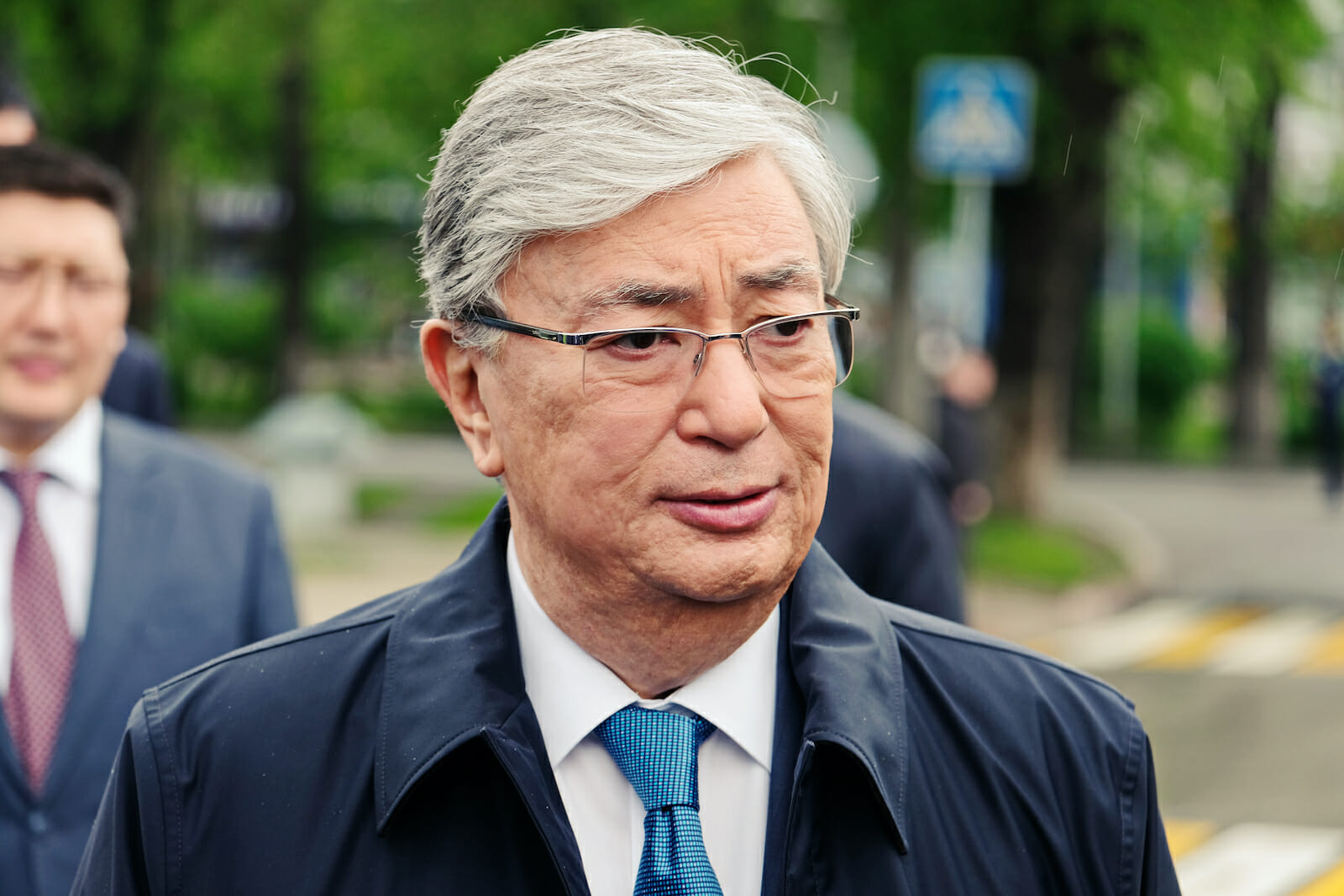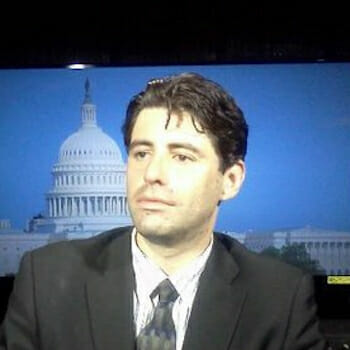
In Pragmatic Speech, Kazakhstan’s President Highlights Challenges
The State of the Nation speech by Kassym-Jomart Tokayev, Kazakhstan’s president, stressed how 2021 is a jubilee as the country celebrates its 30th anniversary. But far from qualifying the situation in the country as ideal, Tokayev was pragmatic. “We must be ready for any challenges and threats, continuously improve and always move forward,” he noted with cautious pessimism in his first remarks as the country, and the world as a whole, continues to struggle with the pandemic, and Central Asia prepares for a Taliban-controlled Afghanistan. Additionally, two areas in which the government is particularly keen to move forward are energy, as Nur-Sultan and Washington recently signed a new agreement to help Kazakhstan develop a low carbon strategy, and the digitalization of the country to help grow the economy.
The future of clean energy
“Today these are no longer just words, but concrete decisions in the form of taxes, duties, and measures of technical regulation,” Tokayev said, referring to how countries are striving to have greener economies and industries. In his speech, Tokayev reminded citizens that by 2060 the country must achieve carbon neutrality. Moreover, he stressed that the nation must be prepared for energy-related challenges, including electricity shortages, in the near future.
While Kassym-Zhomart Tokayev had a somber tone, positive developments have also occurred in recent weeks. In August, a company called Tetra Tech ES, Inc., implementer of the USAID’s Power Central Asia activity, signed a memorandum of understanding (MOU) with Samruk-Energy, Kazakhstan’s largest diversified energy holding company. “Under the MOU, the USAID Power Central Asia activity will help Samruk-Energy develop a low carbon strategy with the overall aim to reduce their carbon footprint by 2060, in parallel with Kazakhstan’s plans to reach carbon neutrality by the same year as part of the nation’s updated national climate plan,” explains USAID.
Another project involves Nur-Sultan and the quasi-holding Samruk-Kazyna, which are studying the possibility of developing environmentally friendly nuclear energy. To be fair, these proposals are not particularly new. As World Nuclear News explains, “Kazakhstan has 12% of the world’s uranium resources and is the world’s largest producer of uranium. A Russian-designed BN-350 sodium-cooled fast reactor operated near Aktau in Kazakhstan for 26 years until 1999, generating electricity and desalinating water. The question of nuclear power in Kazakhstan has been discussed for many years, with both large and small reactors included in various draft energy plans over the last decade.”
In other words, the future of nuclear energy in Kazakhstan is uncertain. Kazakhstanis have generally negative attitudes about nuclear energy. On the other hand, the government is keen to do its part to tackle climate change by reducing greenhouse gas emissions and investing in greener sources of energy. It will be important to monitor how Nur-Sultan balances these different objectives and attitudes in the coming years.
Afghanistan, the next regional security challenge
Kassym-Jomart Tokayev also discussed regional geopolitics, in particular, developments in Afghanistan. While Kazakhstan does not border said state, the return of the Taliban is a regional concern – the issue was reportedly discussed during an August summit of Central Asian heads of state in Turkmenistan.
Given this new geopolitical reality, it is unsurprising that during his speech, Tokayev announced a reboot of the military-industrial complex and the country’s military doctrine. “Strengthening our defence capability, increasing the responsiveness to threats should also become priorities of national importance,” he explained. “We must prepare for external shocks and worst-case scenarios.”
As for recent developments in the area of defense, Kazakhstan and India carried out exercise KAZIND-21 in early September. The two militaries have a strong history of collaboration, and these exercises will help Kazakhstani troops remain well prepared and ready for any situation. Regarding the procurement of new equipment, Kazakhstan’s air force is currently receiving a fleet of Sukhoi Su-30SM ‘Flanker-H’ military aircraft from Russia and has announced an order for two Airbus transport aircraft. These new units will help the military protect its borders and rapidly transport personnel and/or equipment if necessary.
As for Kazakhstani operations in Afghanistan, military aircraft have evacuated Kazakh citizens, diplomats as well as representatives from several states out of Afghanistan in recent weeks. It is unclear if there are any Kazakhstanis left in the troubled country.
Pragmatic economic governance
In his speech, Tokayev also gave a fairly pragmatic summary of the country’s economic challenges. He highlighted how the pandemic is a global challenge not only to global health services but also to the global economy. Unsurprisingly, the economy of Kazakhstan, like everywhere else, has received a serious blow.
According to the World Bank, the economy contracted by 2.5% in 2020 due to the fall of oil prices and other pandemic-related effects. Nevertheless, it predicts that the economy will grow “by 2.5 percent in 2021 and support higher growth by 3.5 percent in 2022.” In fact, Moody’s Investors Service announced in August that it has upgraded Kazakhstan’s local and foreign currency long-term issuer rating to Baa2 from Baa3 and changed the outlook to stable from positive. The news demonstrates that Moody’s has confidence in the government’s economic policies during the second year of the pandemic.
Additionally, the government remains committed to diversifying its economy and attracting more investments to non-energy-related projects. The goal is to become one of the 30 most developed nations by 2050. In his speech, Tokayev noted that “a new instrument, the Strategic Investment Agreement has been introduced to further attract [foreign] direct investment.”
He also recalled that by the end of 2020, “for the first time in 10 years of industrialization in Kazakhstan, the contribution of the manufacturing industry to the development of the economy exceeded the share of the mining industry.” The country is a global producer of minerals like uranium, coal, iron, and chrome ore, in addition to well-known oil deposits. Thus, having manufacturing surpass mining is a huge development. The president also added that his government’s medium-term goal will be to “increase the export of the manufacturing industry by 1.5 times by 2025, to $24 billion, and labor productivity 30%.”
Is the IT sector Kazakhstan’s future?
For Kazakhstan, there is a clear link between national development and the country’s information technologies sector. To profit from this ever-growing field, human capital is critically important. Thus, Tokayev noted that “young, educated, motivated personnel” need to be involved in IT-related projects. He specifically mentioned his government’s national digitalization project and the need to “train at least 100,000 highly qualified IT specialists.”
Tokayev is betting heavily on the benefits that technology can bring to the country. In his speech, he explained that “the export of services and goods of the digital industry should reach at least $500 million by 2025.” In order to achieve this amount, a “complete digital reboot of the public sector,” will be required.
Nur-Sultan has several projects to carry out this nationwide program. One initiative is called Digital Kazakhstan, which is aimed at elevating the “living standards of each country’s resident, using digital techniques.” The program’s website explains that the program has “accelerated [economic] growth of the Republic of Kazakhstan and [has] upgraded the living standards, [and] created conditions for transition on a fundamentally new pathway – future digital economy.”
According to Tokayev, the country’s information and telecommunications potential are significant, and cornering the digital sector will have geopolitical ramifications. “Kazakhstan should become a central digital hub in a significant part of the Eurasian region.” To be fair, Kazakhstan has been attempting to develop its own “Silicon Valley” for several years, but achievements remain limited, though the country is certainly performing far better than its neighbors.
***
Kassym-Jomart Tokayev’s recent address was a pragmatic summary of the situation in Kazakhstan. Unlike other regional governments which tend to deny or minimize challenges, Tokayev’s speech was quite pragmatic, explaining the goals and challenges for the foreseeable future, particularly the importance of energy diversification and of the digital sector for the future of Kazakhstan, and necessary military preparations to deal with the ramifications of a Taliban-controlled Afghanistan.
